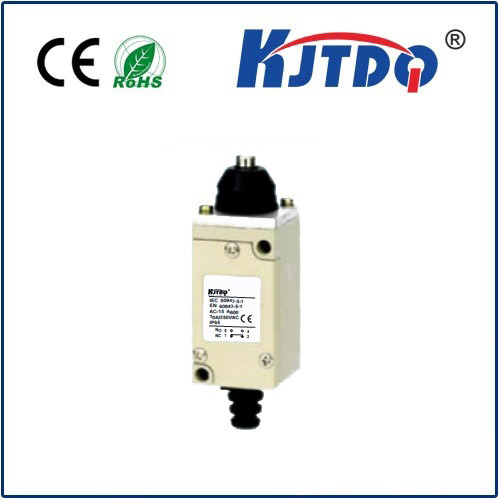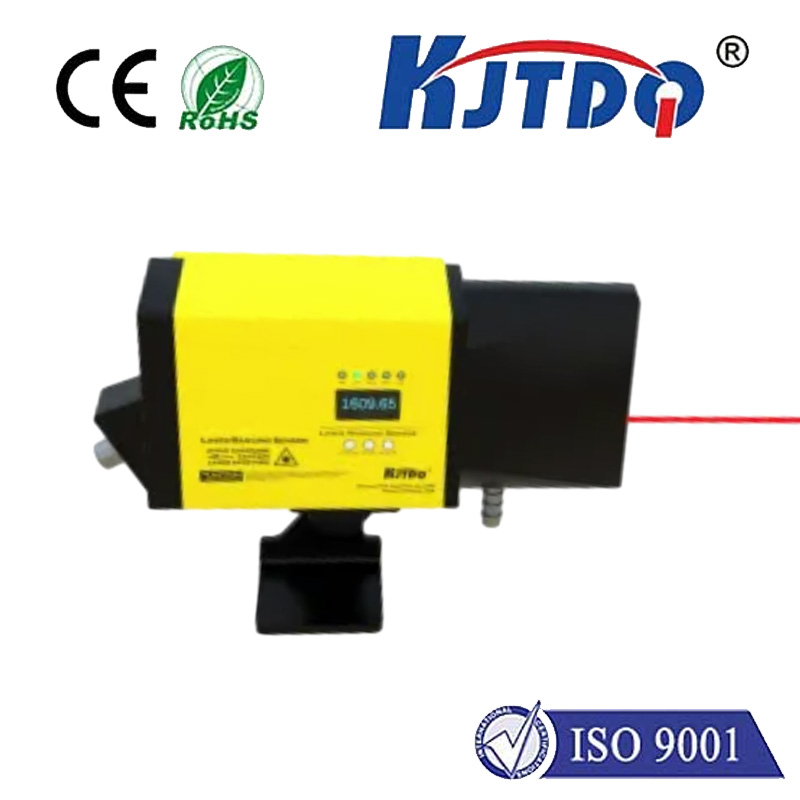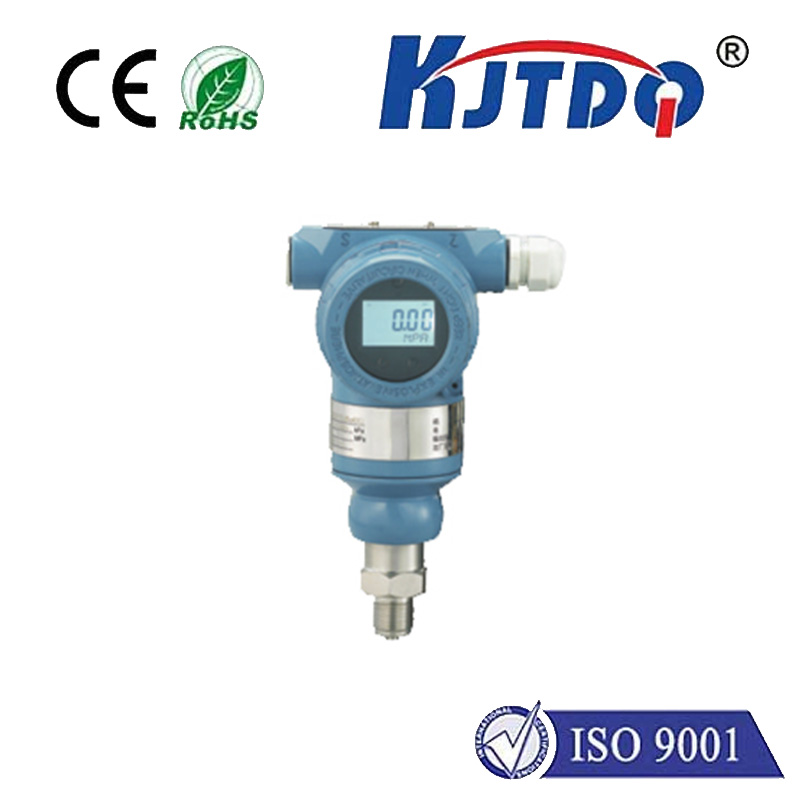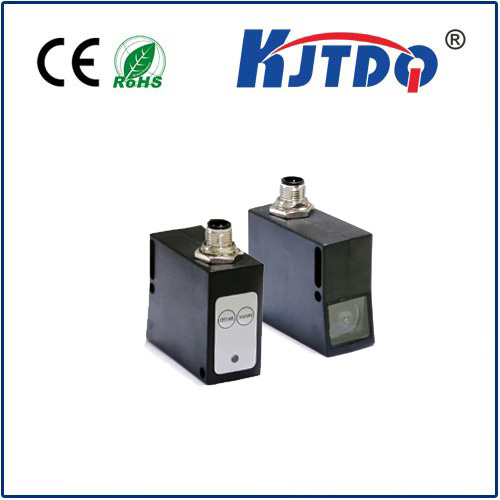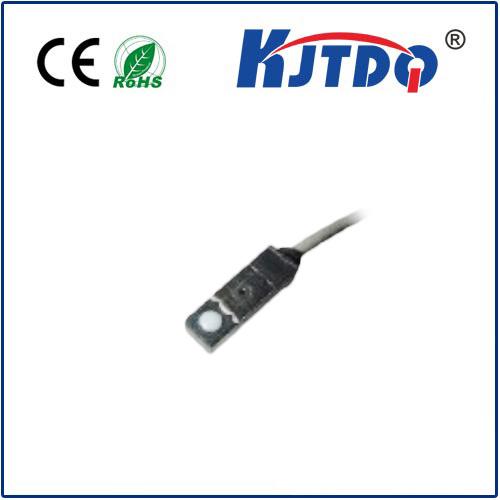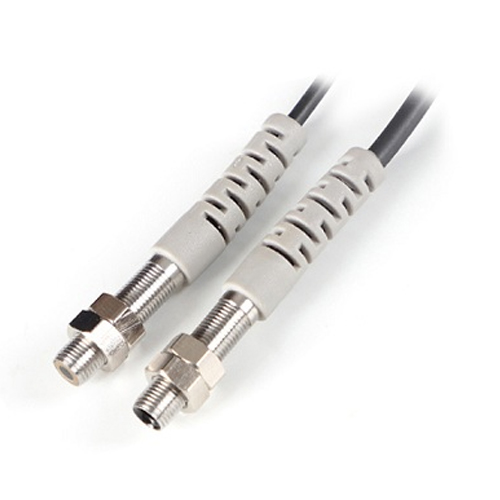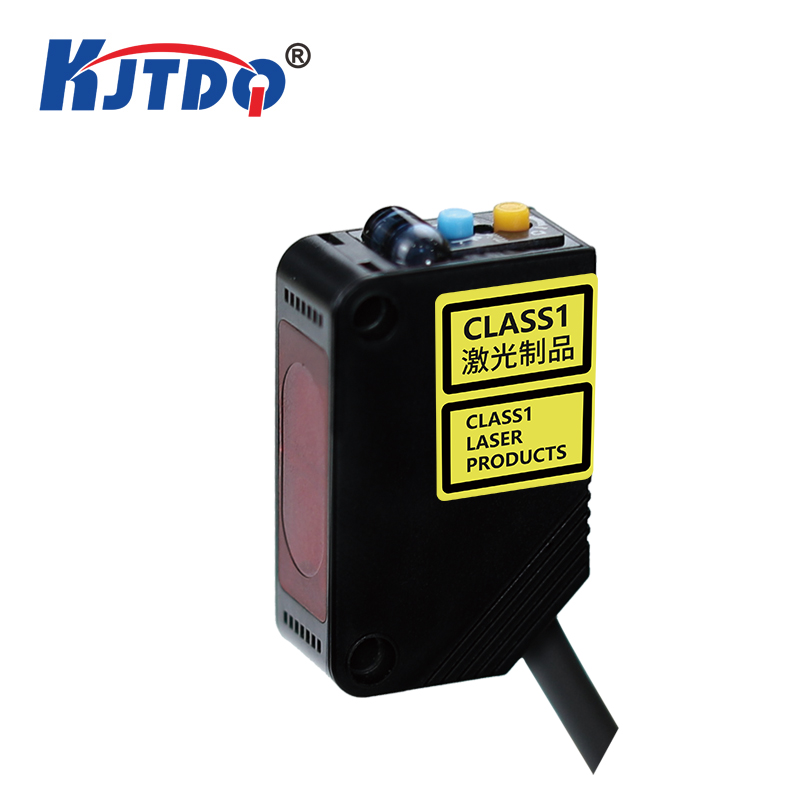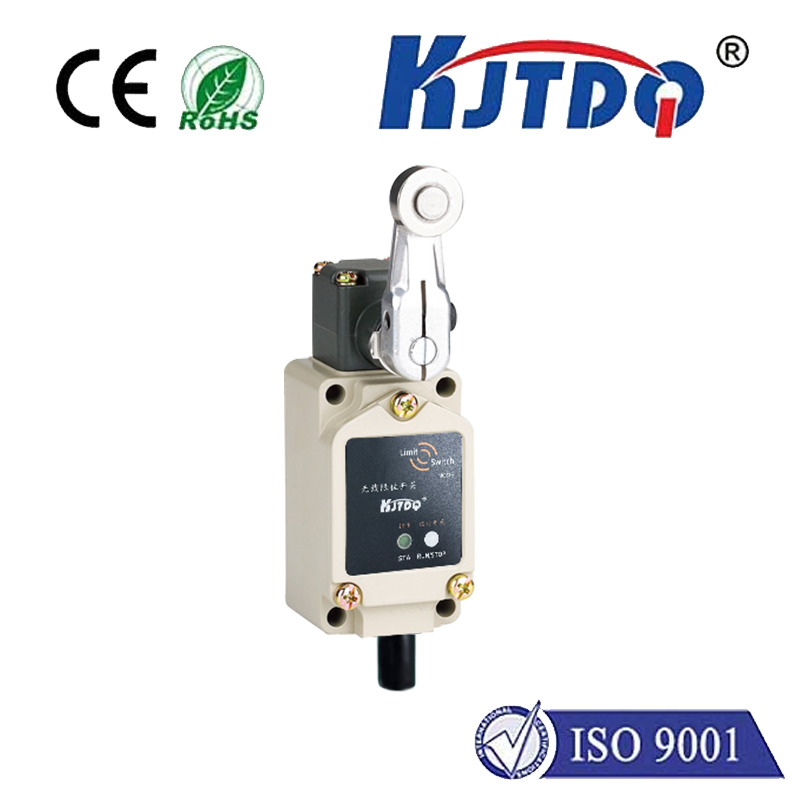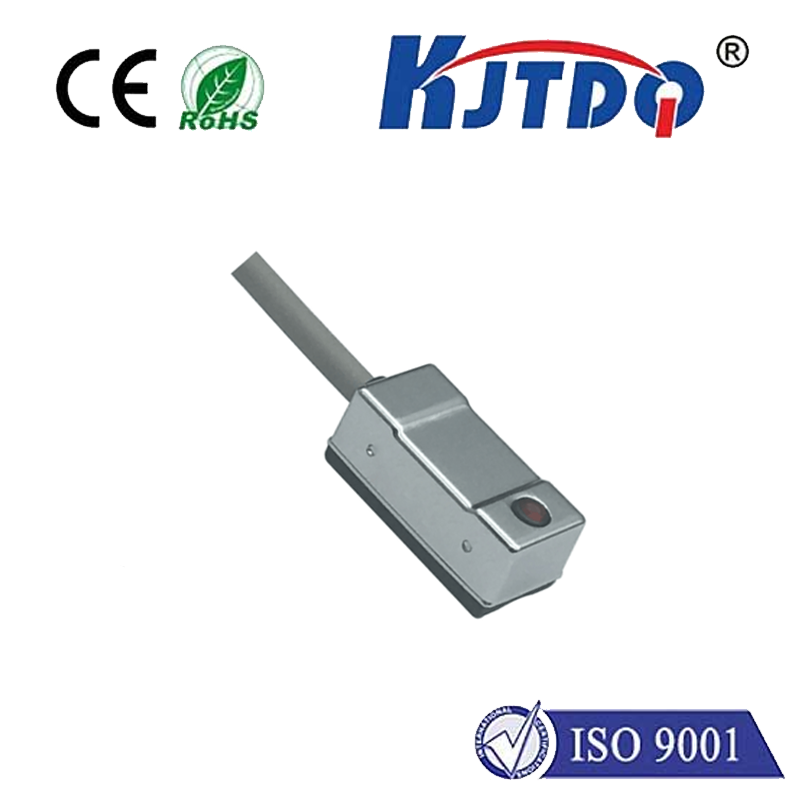12v limit switch
- time:2025-07-30 12:40:41
- Click:0
The Mighty Guardian: Unveiling the Power of 12V Limit Switches
(Article Title: Understanding the Role and Applications of 12V Limit Switches)
In the intricate dance of modern machinery and automation, where precision and safety are paramount, unassuming components often play critical roles. Among these silent sentinels is the 12V limit switch – a fundamental electromechanical device acting as the vigilant eyes and ears for countless systems. Operating reliably at a safe, low voltage, the 12V limit switch is the dependable workhorse detecting position, presence, or end-of-travel, safeguarding equipment and ensuring processes run smoothly. Its ubiquity across industries, from compact electronics to robust industrial automation, speaks volumes about its essential function and the practical advantages of the 12-volt operating standard.
Demystifying the Basics: What is a 12V Limit Switch?
At its core, a limit switch is an electro-mechanical device designed to sense the presence or absence of an object (its “actuator”) or monitor the limits of movement. When the actuator is triggered – typically through physical contact by a moving part like a cam, lever, or plunger – the switch changes its internal electrical state. The defining characteristic of the 12V limit switch is its operational voltage: it’s designed to function reliably within circuits powered by a 12-volt DC power supply. This specification is crucial for selecting the right component for low-voltage applications.
The switch contains electrical contacts that open or close based on the actuator’s position. Common configurations include:

- Normally Open (NO): Contacts open when the actuator is in its rest position; they close when the actuator is triggered.
- Normally Closed (NC): Contacts closed when the actuator is in its rest position; they open when the actuator is triggered.
- Changeover (SPDT - Single Pole, Double Throw): Combines both NO and NC contacts in a single switch, allowing more flexible control logic.
The Ingenious Mechanism: How 12V Limit Switches Operate
The operation is elegantly simple and robust:
- Rest State: The switch actuator is in its default, untriggered position.
- Triggering Event: A moving part (like a machine slide, door, robotic arm, or vehicle component) makes physical contact with the actuator (lever, roller, plunger, etc.).
- Internal Action: This physical force overcomes a spring mechanism inside the switch, causing the internal contacts to rapidly snap between their open and closed states (depending on the NO/NC configuration).
- Signal Change: This change in contact state – opening or closing an electrical circuit – is detected by the 12V limit switch’s connected controller (like a PLC, microcontroller, or relay).
- System Response: The controller interprets this signal change as a specific event (e.g., “object detected,” “door closed,” “end-of-travel reached”) and triggers a programmed response – stopping a motor, changing direction, starting a sequence, illuminating an indicator, or updating a status.
The 12V DC operation makes these switches ideal for integration into systems powered by batteries, vehicle electrical systems, or low-voltage power supplies common in consumer electronics, automotive, and controlled environments.
Ubiquitous Applications: Where 12V Limit Switches Shine
The 12v limit switch finds its niche wherever precise position sensing or travel limitation is needed within low-voltage systems. Key applications include:
- Industrial Automation: Detecting the end-of-travel on linear actuators, confirming the position of slides or clamps in assembly machines, sensing material jams on conveyor belts, confirming tool positions on CNC machinery, and ensuring safety gates are closed.
- Automotive Systems: Monitoring door/hatch/trunk open/closed status, sensing parking brake engagement, detecting seat position, confirming pedal travel limits, and sensing hood/bonnet closure.
- Robotics: Providing feedback on joint angles for robotic arms, detecting gripper closure/opening, ensuring safe travel limits to prevent self-collision or damage, and confirming homing positions.
- Consumer and Commercial Appliances: Sensing door positions on washing machines, dryers, refrigerators, microwave ovens, and vending machines. Detecting tray positions in printers or copiers, and confirming the lid closure on coffee makers.
- Material Handling: Controlling gates and diverters on conveyors, confirming pallet positioning, detecting stack height, and sensing package presence.
- HVAC Systems: Monitoring damper positions, detecting filter access panel closure, and sensing louver end positions.
- Recreational Vehicles & Marine: Monitoring compartment doors, slide-outs, hatches, lift mechanisms, and leveling jacks.
Selecting the Right 12V Limit Switch: Key Considerations
Choosing the optimal 12V limit switch involves careful evaluation:
- Actuator Type: Select the physical interface (lever, roller lever, plunger, wobble stick, fork) best suited to the movement orientation and force of the object triggering it. Roller levers are excellent for sideways motion, while plungers are ideal for straight-line actuation.
- Electrical Ratings: Beyond the 12V DC voltage, ensure the switch’s current rating (amperage) exceeds the inrush current (startup surge) and continuous current of the load it controls (might be directly or via a PLC input). Also, consider the required contact configuration (NO, NC, SPDT).
- Environmental Factors: Assess the operating temperature range, potential exposure to dust, moisture, chemicals, oils, or vibration. Choose switches with appropriate Ingress Protection (IP) ratings (e.g., IP65, IP67) for harsh environments. Sealed switches are often essential outdoors or in washdown areas.
- Mechanical Life Expectancy: Industrial applications demand switches rated for hundreds of thousands or millions of cycles. Verify the manufacturer’s lifecycle rating matches your application’s demands.
- Physical Size and Mounting: The switch must fit within the available space and offer suitable mounting options (threaded body, base mounting).
Installation and Maintenance: Ensuring Longevity
Proper 12v limit switch installation and care are vital for reliable performance:
- Mounting: Secure the switch firmly to prevent vibration or movement. Position it so the actuator interacts reliably with the target object across its entire operating range, avoiding over-travel damage.
- Adjustment: Most switches offer some adjustability (lever angle, plunger pre-travel). Set the actuation point precisely where needed. Fine-tuning is often critical.
- Wiring: Use appropriate gauge wire and secure connections, respecting polarity if applicable. Protect wiring from abrasion, heat, and moving parts.
- Routine Checks: Periodically inspect for physical damage, loose mounting, accumulation of debris blocking the actuator, and signs of wear or corrosion. Regular visual inspection is the first line of defense.
- Contact Cleaning (If Accessible): In dusty or high-current switching environments, contacts might eventually need cleaning using contact cleaner and non-abrasive tools, following manufacturer guidelines.
The 12V limit switch remains an indispensable component in electromechanical control. Its blend of robust, reliable position sensing at a safe and widely compatible voltage level ensures its continued relevance in powering automation, enhancing safety, and providing critical feedback from the simplest mechanisms to the most complex automated systems. Understanding its function, applications, and selection criteria empowers engineers, technicians, and manufacturers to leverage this essential component effectively, forming a critical link in the chain of mechanical awareness and control.












